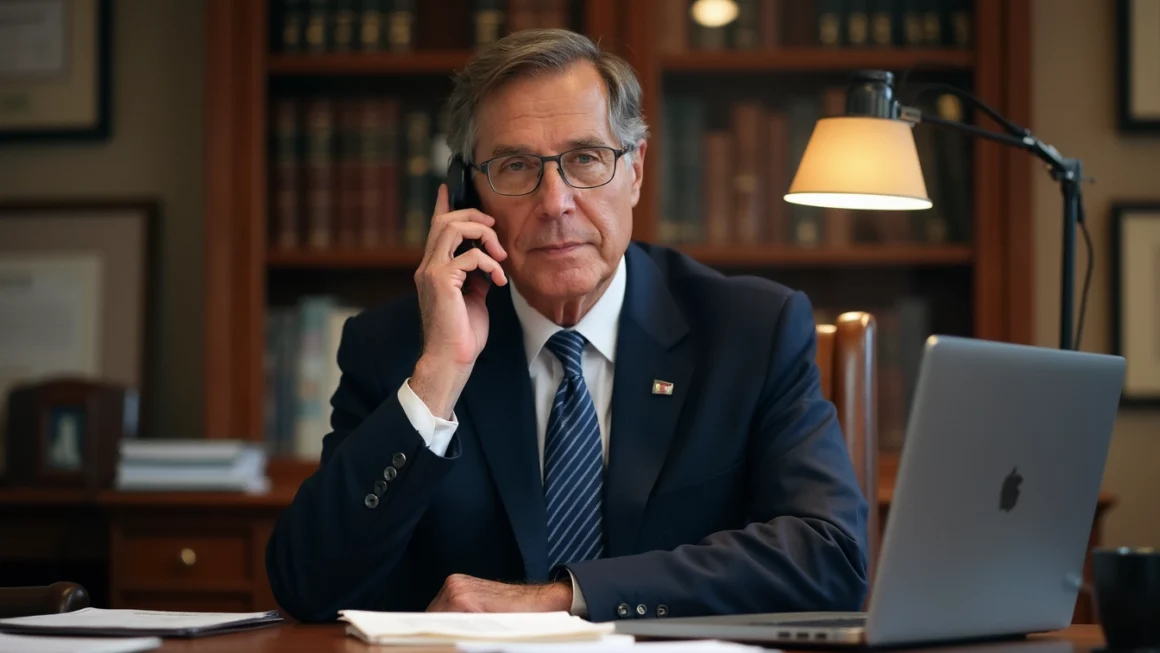Strengthening US-Philippines Defense Ties
Table of Contents
In a significant move to bolster defense cooperation, U.S. Defense Secretary Lloyd Austin III recently concluded a two-day visit to the Philippines. This visit marks a pivotal moment in the longstanding alliance between the two nations, showcasing their commitment to regional security and mutual defense interests.
Key Highlights of the Visit
Secretary Austin’s trip was characterized by a series of high-level meetings and symbolic gestures, underscoring the importance of the US-Philippines relationship. The visit included:
- Discussions with Philippine President Ferdinand Marcos Jr.
- Meetings with Defense Secretary Gilberto Teodoro Jr.
- A showcase of joint military capabilities at Fort Magsaysay
These engagements served to reaffirm the strong bonds between the two countries and explore avenues for deeper cooperation in the face of evolving regional challenges.
Enhanced Defense Cooperation Agreement (EDCA)
A cornerstone of the discussions was the Enhanced Defense Cooperation Agreement (EDCA). This agreement, which allows U.S. forces to operate from Philippine military bases, has been expanded to include additional sites. The expansion of EDCA sites is seen as a strategic move to enhance interoperability and readiness between U.S. and Philippine forces.
Secretary Austin emphasized the importance of EDCA, stating, “These EDCA sites will allow us to respond more quickly to disasters and other crises in this region.” This highlights the dual-purpose nature of the agreement, serving both military and humanitarian interests.
Joint Military Exercises and Capabilities
The visit culminated in a showcase of joint military capabilities at Fort Magsaysay, one of the largest military reservations in the Philippines. This demonstration included:
- A simulated hostage rescue operation
- Display of advanced military equipment
- Demonstration of interoperability between U.S. and Philippine forces
These exercises not only displayed the technical prowess of both militaries but also their ability to work seamlessly together in complex scenarios. Such joint operations are crucial in addressing regional security challenges and responding to natural disasters.
Regional Security and the South China Sea
While not explicitly mentioned, the strengthening of US-Philippines ties comes against the backdrop of increasing tensions in the South China Sea. The Philippines, as a claimant state in the disputed waters, views its alliance with the United States as a crucial deterrent against potential aggression.
Secretary Austin reiterated the U.S. commitment to the region, stating, “We’re working hand in hand to uphold international law and to defend the rules-based international order.” This statement underscores the broader implications of the US-Philippines alliance in maintaining regional stability.
Future Prospects and Challenges
As the US-Philippines alliance enters a new phase of enhanced cooperation, several key areas for future development emerge:
- Continued expansion and operationalization of EDCA sites
- Increased joint military exercises and training programs
- Collaboration on cybersecurity and emerging technologies
- Humanitarian assistance and disaster relief coordination
However, challenges remain, including the need to balance strategic interests with domestic concerns in both countries. The implementation of these agreements will require careful navigation of political, economic, and social factors.
Conclusion
Secretary Austin’s visit to the Philippines marks a significant milestone in the ongoing efforts to strengthen the US-Philippines alliance. The enhanced cooperation, particularly through the expansion of EDCA sites and joint military exercises, demonstrates a shared commitment to regional security and mutual defense.
As both nations look to the future, the focus will be on translating these agreements and demonstrations into tangible improvements in defense capabilities and readiness. The success of this alliance will not only benefit the United States and the Philippines but also contribute to the broader stability and security of the Indo-Pacific region.
In an era of rapidly evolving global challenges, strategic partnerships and efficient coordination between allies have become more crucial than ever. The strengthened US-Philippines defense cooperation sets a precedent for how nations can work together to address complex security issues and humanitarian needs in the 21st century.




